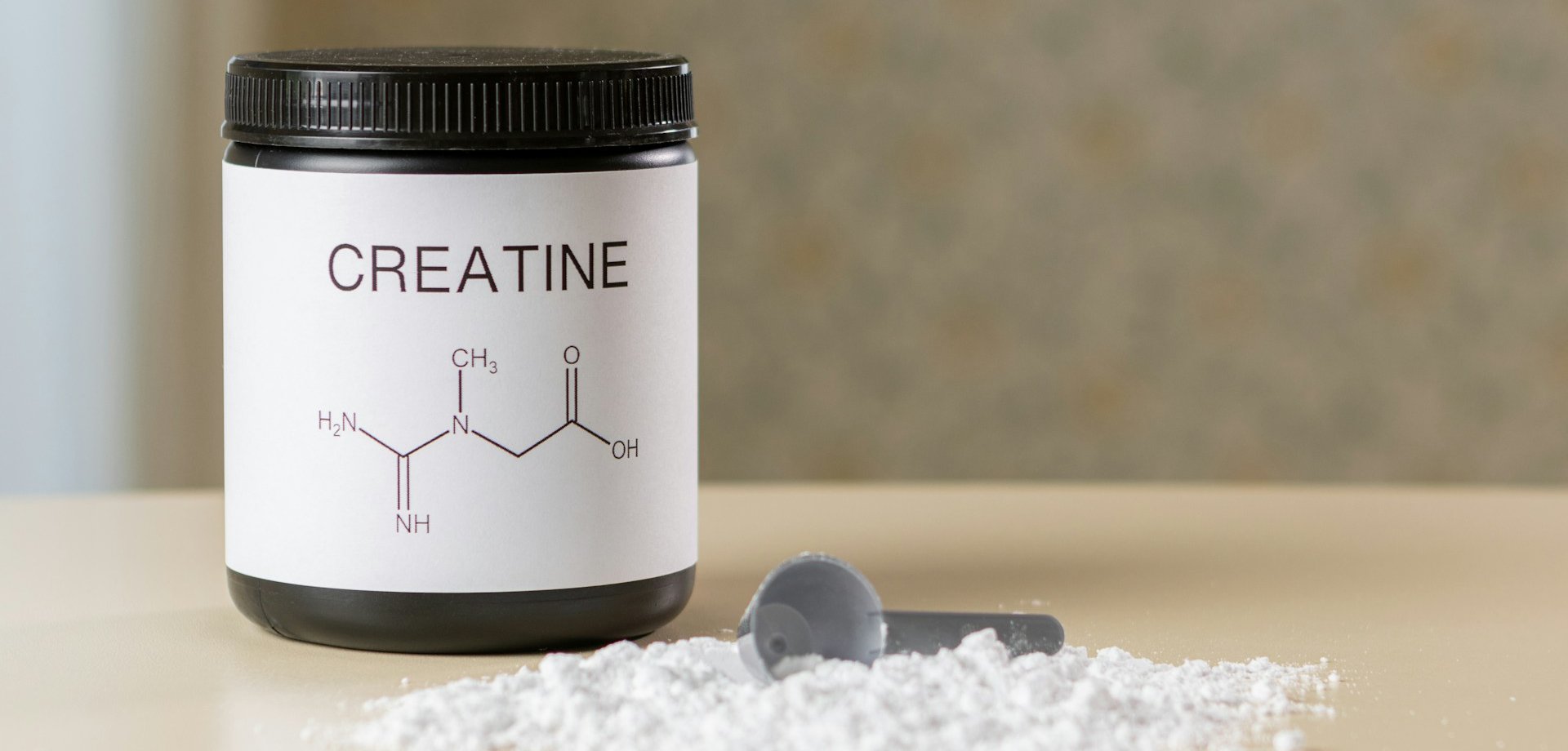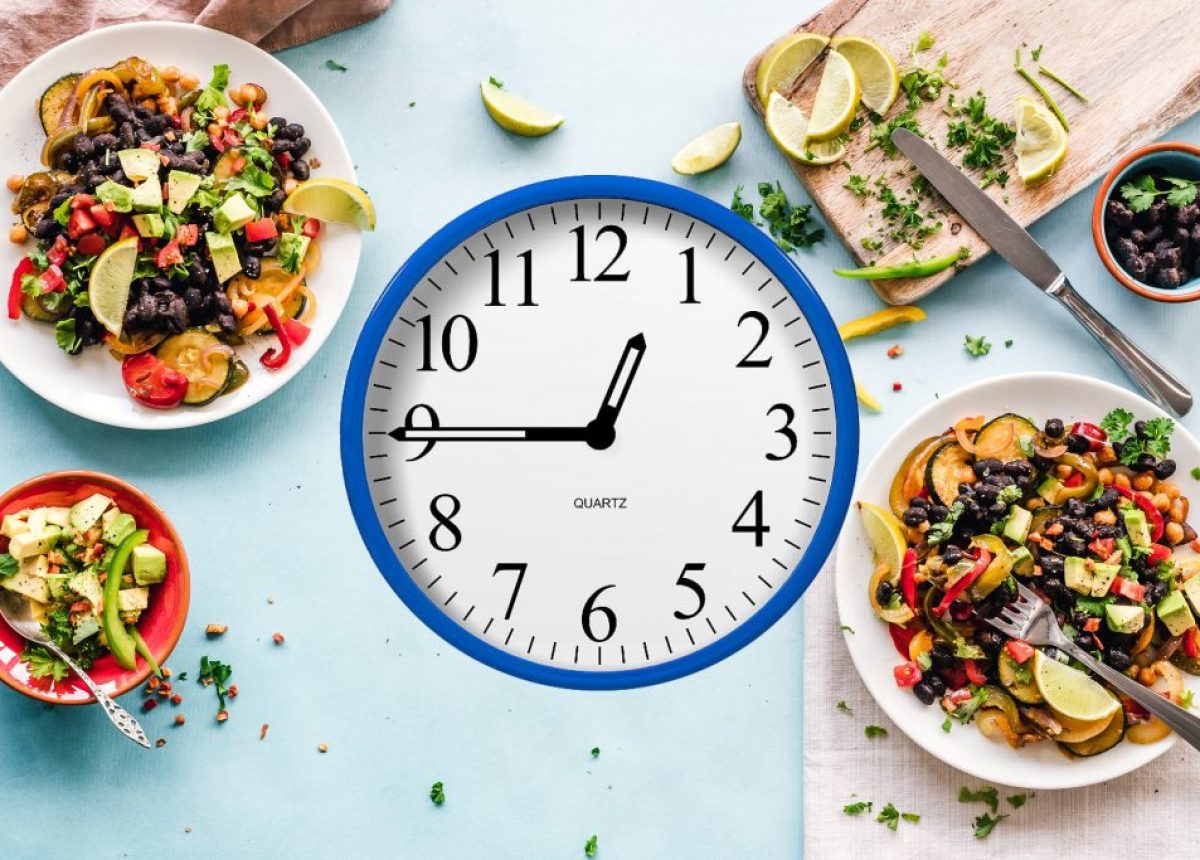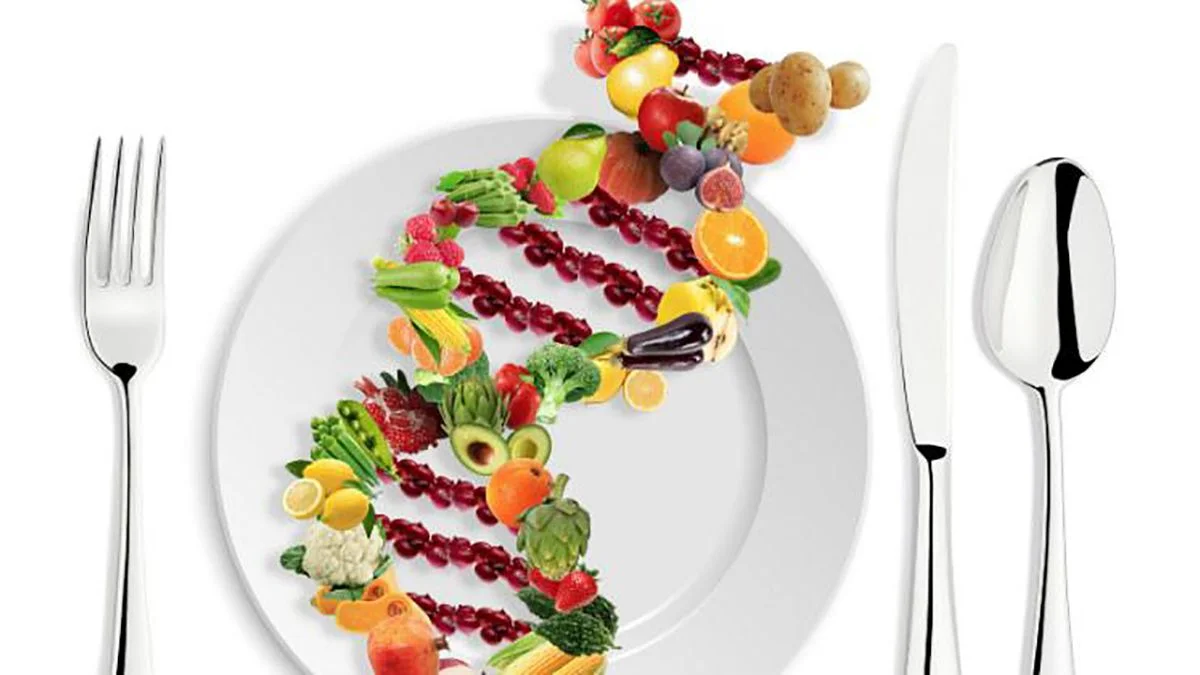Flexible Feeding
Author:
Julio Valero
Published on:
6/30/2017

I am writing this article because to this day, I still find people who are not very knowledgeable on the subject, or worse, they misunderstand it and spread inaccurate information.
First I want you to know that foods, regardless of the source they come from, are composed of macronutrients or energy substrates, which are carbohydrates, proteins, and fats.
Depending on the food, it can have 1, 2 or all 3 macronutrients. For example: Egg white only contains protein, but chicken breast contains protein and fat, a breaded chicken breast will contain protein, carbohydrates and fat.
And that's how foods are made up, there is no 4th macronutrient, nor is there a bad source or a good source, they are simply carbohydrates, proteins and fats, wherever they come from.
The 3 macronutrients, wherever they come from, will be metabolized and end up in their final form in the body, regardless of their origin. Carbohydrates become glycogen, protein becomes amino acids, and fat becomes cholesterol and triglycerides.
Now, why is there so much controversy that there are good and bad foods, that some cause XS damage and others XS benefits.
The short answer: It's all a product of marketing and misinterpretation of scientific studies and anecdotes out of context.
Long answer: There are some foods with different properties than others, that is to say; there are foods rich in fiber, vitamins, minerals, antioxidants, etc. and this makes them "good." And there are others that do not have all of these properties or none at all, and are therefore "bad." From my point of view, this is a very biased way of labeling not only foods but anything else.
Regarding foods and macronutrients demonized by studies, these studies often lack context and only analyze variables selected by their researchers. As the saying goes, "There is no lethal poison, only a lethal dose." (I will write a complete article about this topic.)
A personal example:
Juan is outgoing, friendly, hard-working, and an excellent family man, husband, and friend. "Juan is good."
Pedro is quiet, reserved with new friends, he doesn't work because he is a federated athlete and makes a living from it, we don't know what he will be like as a father or husband because he doesn't have a partner/children yet, and he has few friends. "Pedro is bad, avoid being with Pedro, Pedro hurts you."
As you will see, if you transpose any concept to another field of life, it will give you a more analytical and broader vision of the situation.
In short, whether or not a food has fiber, vitamins, minerals, is processed, or anything else you can think of, does not make it bad. If a person prefers to avoid it, that is a personal decision, but the food is still just that, a food.
The goal here isn't extremism; it's simply about practicing good judgment. Of course, we should prioritize foods that offer the most benefits, but that doesn't mean other foods are off-limits or inherently bad. The problem arises when we overindulge in them and make them the foundation of our diet.
In fact, my personal concept is something like this: Focus your diet on foods with the greatest contribution in benefits, use flexibility so that you can use the dense ones in a more sustainable way. For example, steamed broccoli without salt is something that few would be interested in, but if you sauté it and add some sauce that transforms the flavor, it is certainly a different story. Then you will see how a few grams of sauce are allowing you to enjoy the benefits of a food that you probably would never have dared to eat before.
You probably also don't have much of a problem eating densely 100% of the time during the week, but a weekend or a social outing always comes up eventually, and you have two options: not eating, or understanding that you can focus your flexibility there and maybe have a burger, a pizza, or a couple of drinks, count them into your plan, and still meet your goals without feeling like you've thrown everything away, because in fact you haven't.
In short, being flexible and analytical with your diet can allow you to improve your diet by introducing foods that you previously disliked but that offer benefits, and it can also allow you to enjoy your life and social gatherings more, which ultimately makes it a sustainable plan.
Each person, depending on factors such as age, sex, height, weight, fat percentage, physical activity and lifestyle, will need different macronutrients and calories for different objectives.
The simplest way I have found to explain this is with accounting. Simply a record of income and expenses, but with food. You have a goal to meet and the foods you choose will meet that goal. Day to day and getting to know your choices will make you improve in terms of choices and quantities of them.
Starting from the same example; When you want to save money, you have two clear options, either reduce expenses or increase income.
The same thing happens when, for example, you want to lose fat, either by increasing your caloric expenditure or by reducing your caloric intake. And when you want to increase muscle mass, you should increase both the stimulus and the intake slightly.
As I write, more ideas are coming to me and I am afraid of going on too long, so I will get straight to the point and give a detailed summary.
Your body works around energy balance, that is, calories in versus calories out. These calories are broken down into macronutrients, each of which performs specific functions in the body.
There are no bad or good foods, there are only some with better and greater benefits than others.
Depending on your characteristics, you should have your target macronutrients and calories.
Flexible eating or macro counting is aimed at sustainability and not the improper eating that is commonly thought.
It is as simple as keeping track of the energy you consume and keeping it in correlation with the energy you spend.
The amounts of macronutrients and calories will be manipulated depending on your goal.
It is not something easy to digest at first, but once you understand the previous points it will only be a matter of practice to adapt.
All methods to improve your body follow the same principles, regardless of your awareness. This means that to lose fat, you must create a calorie deficit by eating less or exercising more. Similarly, to gain muscle, you must consume more calories than you burn.
AND HOW WOULD YOU DO ALL THIS, HOW WOULD YOU PUT IT INTO PRACTICE?
It's very simple, nowadays there are apps for everything, and there are also some for managing your diet.
Once you have calculated your needs for a certain stage and objective, you will use an application to enter everything you eat, consequently the application will record the macronutrients of the foods you have chosen according to their quantities.
By having your goals on screen and choosing foods, you will be able to make better decisions regarding sources of macronutrients (foods) and their quantities, to meet your goals. It is simply a game, trying to make sure that when you choose, you meet your goals.
Finally, I want to say this: I've tried to keep this article concise and easy to understand. My goal is to provide a simple and clear explanation. There's no point in using complex language or trying to impress with advanced knowledge if it confuses my readers (a message to my critics). While there's much more to learn about nutrition, this article is a good starting point to gain basic knowledge and explore the topic further.
If you want me to take care of your diet or training, go to this link
https://juliovalerov.com/transformate/ and let's start together your path to the goal
Comparte en redes sociales
Recent posts

A bad night's sleep: a reason to stay up even longer?

Creatine Effectiveness: What Does Science Say About Its Benefits?

Does meal timing help you lose fat?

Is your triceps press building muscle or holding you back?

Nutrition tailored to you: based on your genetic profile.

Carbohydrates: the key to an explosive workout.